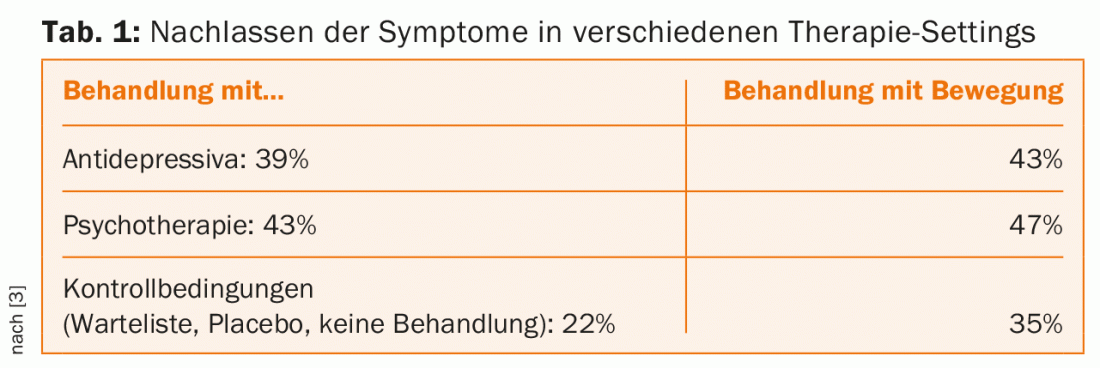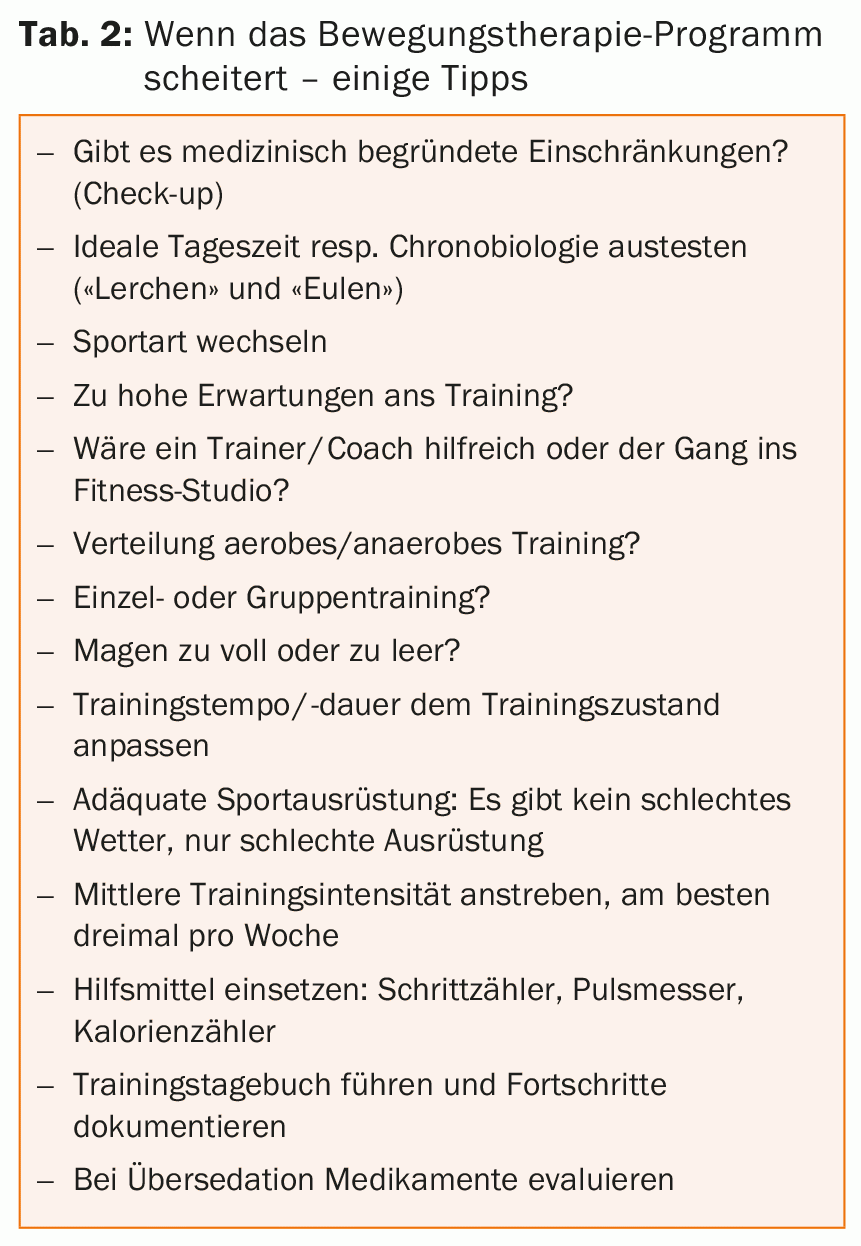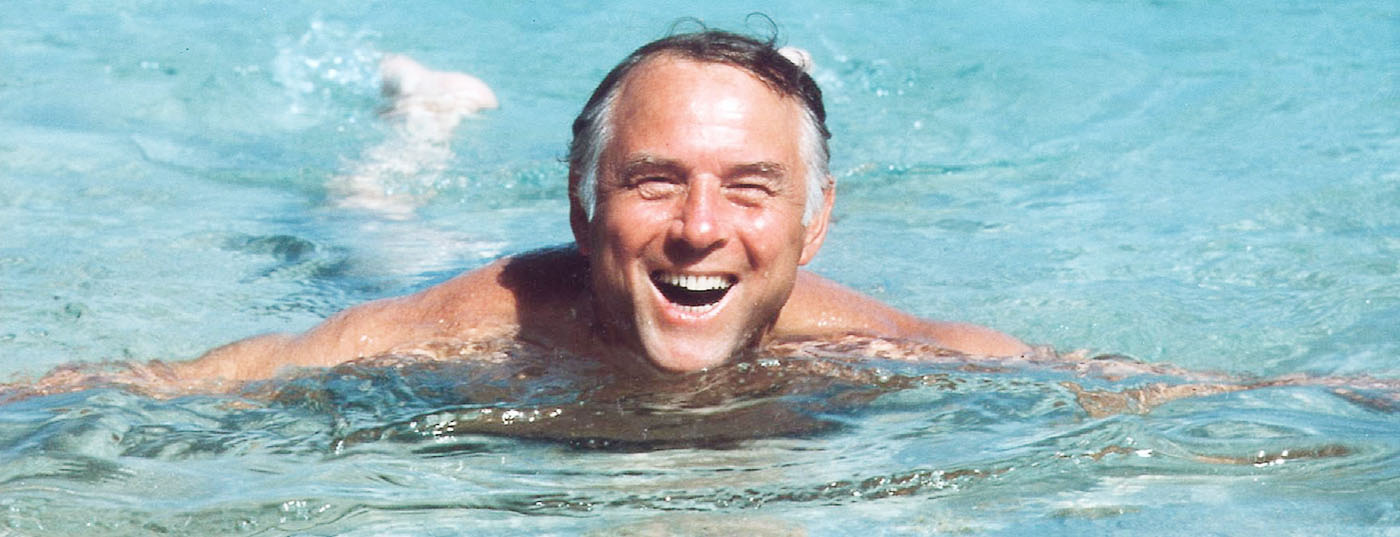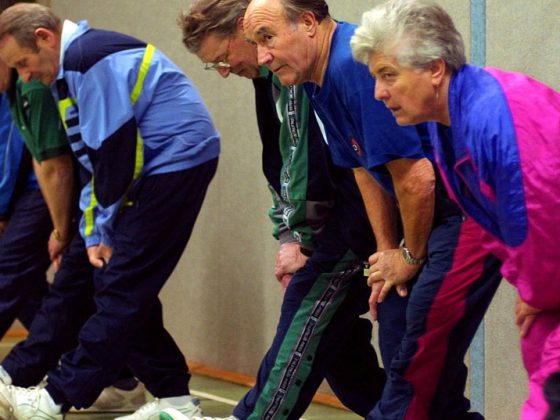Depressive disorders are one of the greatest medical challenges of our time because of their frequency, the individual suffering associated with them, and the economic consequences. In addition to the bio-psycho-social approach, the stress model plays a central role in the current understanding of the disease. Exercise and sport have been shown to intervene in stress regulation and should therefore have a permanent place in depression treatment.
Depressive disorders are common and affect one in five people during their lifetime. They cause great individual suffering on the mental, physical and social levels. Since they often break out for the first time in adolescence and early adulthood and the further course often has a chronic relapsing character, there are also significant economic consequences, estimated at approximately 10 billion Swiss francs per year in Switzerland.
On the genetic as well as on the molecular biological and psychosocial level, various etiological approaches are advocated and also used therapeutically, but without succeeding in creating a convincing integrating model of the development, maintenance, and treatment of depressive disorders. However, there is consensus on the close causal relationship between chronic stress and depression [1].
With exercise and sports against depression
What is there to the belief that regular physical activity helps people feel better mentally? And this was true regardless of whether they had previously felt well and balanced or had mild to moderate depression. What scientific arguments can be used today to motivate oneself or others – especially those with depression – to exercise regularly? Does sport primarily have a prophylactic effect or can a therapeutic effect also be demonstrated? Is there a dose-response dependence?
Severe mood disorders, lack of motivation, lack of interest, physical exhaustion, cognitive losses as well as anxiety and brooding – depression has many faces. Psychopharmacotherapy and psychotherapy are recognized as the two mainstays of treatment. Increasingly, however, there is evidence in the literature about the promising use of exercise and sport. This approach is by no means new, however, as we already know from the ancient Greeks that they motivated those affected by “melancholia” – today’s depression – to do a lot of physical exercise for therapeutic reasons.
Even today, depressives are moving in increasing numbers under the motto “Get in your running shoes – get out of depression” to literally run away from their illness. This is doubly exhausting against a backdrop of typical physical exhaustion and a general lack of motivation – is it worth the effort?
Patients subjectively experience exercise therapy measures not only as helpful, but in particular associate them with fewer “side effects” than psycho- or psychopharmacotherapy [2]. This is linked to the general observation that sport can be a valid treatment alternative, as training effects such as mood improvement and a significantly improved body image can occur early on. Thus, on a biopsychological level, an “early win” is created, which motivates patients to further activity.
A recent review, based on analysis of the Cochrane Database, first points out the lack of good scientific studies on the effectiveness of exercise in depression [3]. Nevertheless, the authors conclude that comparable results can be achieved with physical activity as exercise therapy as with antidepressants or with psychotherapy, and that exercise therapy is superior to the respective control groups in terms of reduction of depressive symptoms (“moderately more effective”) (tab. 1).

Even moderate training is enough
In a large-scale meta-analysis with a total of more than 81,000 patients, an effect size of 0.56 was calculated, which is generally defined as a moderate benefit and is only slightly below the effect size of pharmacotherapy and psychotherapy [4]. Analogous to other forms of therapy, the effect increases in differentiation to placebo with increasing severity of depression and simultaneously decreases with increase in physical fitness status. Overall, there are hardly any demonstrable differences in effectiveness between aerobic (endurance training) and anaerobic loading (strength training) [5].
Although there is a lack of clear scientific data on the type, duration, and intensity of physical training, and the relevant studies have been heterogeneous and not very operationalized, the following consensus can be found: moderate, mixed aerobic-anaerobic training of 2-3 units per week for about 20-30 minutes is sufficient in many cases for a demonstrable antidepressant effect, with a significant effect being shown especially in untrained and severely depressed patients. Tips on how to proceed if exercise appears ineffective are listed in Table 2.

Sport acts similarly to an antidepressant
Any physical exertion is associated with sympathetic excitation, which leads to increased release of norepinephrine via activation of the adrenal gland. In the brains of depressives, the concentration of this transmitter, the monoamine hypothesis, is correspondingly reduced. The same applies to serotonin, which is commonly referred to as the “happiness hormone”. Serotonin plays a central role in impulse control, regulating mood and appetite, and much more. Although there is no direct evidence that exercise boosts serotonin levels, or rather, that it does so, it has been shown to increase serotonin levels. increased, increased serotonin degradation products could be detected in a scientific paper following physical exercise [6]. Seen in this light, there is much to suggest that sport actually has a qualitatively similar effect to an antidepressant at the neurotransmitter level as well.
Stress originates in the brain
If depression – like various somatic illnesses – is understood as a stress disorder, i.e. as a health consequence of chronic overload, strategic prevention considerations automatically become the focus of attention. In addition to the well-known psychosocial variables, the possible positive influences of meditation and physical fitness have been increasingly studied scientifically in the recent past and in the context of the modern lifestyle discussion.
Physical inactivity and obesity are widely recognized as risk factors for metabolic syndrome and cardiovascular problems. However, it is less well known that stress-induced inflammatory processes in the blood vessels and brain are important cofactors. Abdominal adipose tissue and the pro-inflammatory messengers (cytokines) it contains play a mediating role. Chronic stress, obesity, and lack of sleep, time, and exercise are important risk factors and are significantly clustered in the context of depressive disorders. During stress, adrenaline and cortisol are increasingly released from the adrenal gland via sympathetic excitation. This, in turn, has been shown to lead not only to functional but also to structural changes in the brain.
Sport as brain doping?
Recently, there has also been increasing evidence that sport, like antidepressants, increases the concentration of the protein “Brain-Derived Neurotrophic Factor” (BDNF). This in turn is responsible for the development of new nerve cells and has been shown to be reduced in people with depression. The morphological correlate is found in a characteristic cell and synapse reduction or volume reduction in the hippocampus. At the same time, stress was shown to inhibit stem cell proliferation in the hippocampus, which in turn negatively affects cognitive functioning. In athletically trained individuals, larger hippocampal volumes and increased serum BDNF levels are found in comparative studies [7].
“Flow” as a goal in sports therapy?
The flow phenomenon was first made accessible to a wider audience in detail around the turn of the millennium by Mihály Csíkszentmihályi. The author understands this to mean “a holistic feeling of complete absorption in an activity that does not seem to require any conscious intervention on the part of the person doing it”. This state is perceived as extremely light and pleasant and accordingly motivates again and again to this activity. So is the goal of exercise therapy to give depressed people this flow experience?
In a sports therapy study using a bicycle ergometer, the resistance could be controlled individually via heart rate. The target zone was chosen in the range of 80-90% of maximum heart rate to ensure an optimal fit of demand and ability, thus enabling the flow experience. On the one hand, the results showed that it was possible to induce a flow experience in the depressed subjects. On the other hand, it also became clear that the improvement in well-being only lasted for a very short time following the training. Thus, the flow experience can only be described as motivationally enhancing, but not therapeutically sustainable [8].
Psychological effects
Two German psychologists also address the question of whether sport can positively influence the course of depression in their review [9]. Based on the observation that depressives are in a vicious circle of social withdrawal, drive disorder, and poor self-esteem, they tested the hypothesis of whether exercise therapy and the associated opportunity for social contact lead to an improvement in physical self-esteem and, secondarily, in depressed mood.
The researchers conclude: “In some studies, the effect of exercise was quite comparable to the effect of psychotherapy or pharmacotherapy. Positive reinforcement and increased self-esteem can therefore also be seen as an effect of regular exercise.
Sport promotes resilience
Resilience is the term commonly used to describe an individual’s ability to resist any kind of health or psychosocial stress. In addition to mindfulness training and psychotherapeutic interventions, physical activity can increase resilience to psychosocial stress. This can be seen, for example, in the fact that competitive athletes reach significantly lower cortisol peaks compared to non-athletes in a typical stress test [10].
Apart from the non-specific tranquilizers, no substances exist that could specifically downregulate the central stress hormone cortisol to physiological levels. The therapeutic goal is to reduce allostatic loads such as obesity, physical inactivity, sleep deprivation, and anxiety. Lifestyle changes as well as psychotherapeutic measures are targeted here. Sport is thus able to positively influence the general stress response. In addition, increased fitness improves body and self-esteem, and sport can also have a meaningful and socially integrative effect (isolation as an important risk factor of depressive illness).
How does sport work?
The criticism that athletic training can only have a nonspecific effect fits in with the fact that we only know the pathophysiology of depression vaguely, the diagnosis is based on a catalog of symptoms, and the effectiveness of antidepressants must be determined empirically. Nevertheless, exercise therapy now has a firm place in the treatment of psychiatric inpatients, especially for anxiety disorders and depression. The background to these considerations is primarily the neuroplastic potency in the human hippocampus and the influence on the transmitter systems of norepinephrine, serotonin, and dopamine that has been demonstrated in animal experiments, analogous to the main mechanism of antidepressants. It is possible that the antidepressant effect is also due to the influence of inflammatory processes or another, currently unknown stress-buffering mechanism.
Even if no coherent model of the antidepressant effect of sport can be derived from all these different approaches, there is nevertheless sufficient scientific evidence for the causally logical link between psychosocial stress (allostatic load) and resilience as well as specific, physical-mental consequences. Sport can have a proven effect on this classic system, both prophylactically and therapeutically.
Conclusion for practice
- Sporting activity has both a prophylactic and therapeutic antidepressant effect via improvement of stress resistance.
- The extent of antidepressant efficacy is comparable to that of antidepressants or psychotherapy.
- Regular (at least 3× per week), mixed aerobic-anaerobic training of moderate intensity is generally recommended.
- Exercise therapy is not intended to replace the proven pillars of depression treatment (medication, psychotherapy), but to synergistically complement them.
Literature:
- Holsboer F, Ising M: Stress hormone regulation: biological role and translation into therapy. Annual Review of Psychology 2010; 61: 81-109.
- Sexton H, et al: Exercise intensity and reduction in neurotic symptoms. A controlled follow-up study. Acta Psych Scand 1989; 80: 231-235.
- Cooney GM, Dwan K, Greig CA, et al: Exercise for depression. Cochrane Database of Systematic Reviews 2013, Issue 9.
- Wegner M, et al.: Effects of exercise on anxiety and depression disorders. Review of meta-analyses and neurobiological mechanisms. CNS & Neurological Disorders Drug Targets 2014; 13(6): 1002-1014.
- Bauer K, Felder H: Sports therapy in depressive disorders. Systematic review, pt journal for physical therapists 2008; 60: 16-26.
- Brooks A, Ahrendt U: Physical training in the treatment of depressive disorders. Psychiatric Practice 2007; 34: 300-304.
- Erickson KI, et al: Exercise training increases size of hippocampus and improves memory. Proceedings of the National Academy of Sciences 2011; 108: 3017-3022.
- Reinhardt C, et al: Flow in sports therapy – a stress-oriented approach. Exercise Therapy and Health Sport 2008; 24: 147-151.
- Wood E, Michael T: Sport and exercise in depression. PiD, Psychotherapy in Dialogue 2013; 14(3): 61-63.
- Fuchs R, Schlicht W: Mental health and sports activity. Bern: Hogrefe, 2012.
InFo NEUROLOGY & PSYCHIATRY 2015; 13(3): 4-8.












